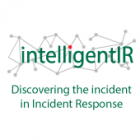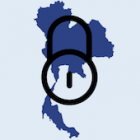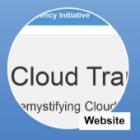
Analyzing the Legal Field of Security and Privacy
An ever increasing amount of data collection on social media contributes to additional security implications which are not outlined in the End User License Agreements that we see today. We believe that this data can be used in many ways to violate user anonymity and create digital profiles of users based on various data processing methods. We can then cross-reference these digital profiles to other social media platforms to identify previously anonymous users. To do this, we hope to use numerated social media APIs which contribute to the release of Personally Identifiable Information. From this, We hope to educate users on End User License Agreements while informing them on applications of data usage by performing analysis on Reddit user data and other social media platforms.








